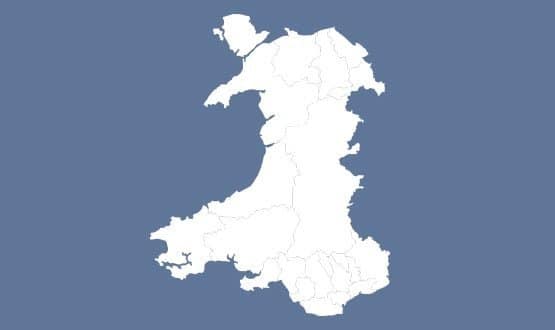Wales invests £11 million in NHS devices and security
- 11 October 2016

A multi-million pound government funding package for the NHS Wales’ IT systems and infrastructure has launched by Welsh health secretary, Vaughan Gething.
The £11.33 million will be used to replace ageing equipment, boost systems’ resilience to cyber-attacks and improve infrastructure. However, the move has been criticised as not going far enough by the BMA.
Philip Banfield, the British Medical Association Welsh council chair, said the BMA Cymru Wales has a long-standing view that Welsh health IT is lagging behind, and the proposed investment did not sound like a lot of money.
However, he told the BMA's own news service that: “If this funding was used to make new solutions more secure, there may be some exciting possibilities in changing the way we use IT in the delivery of high-quality patient care.”
Gething said the funding will purchase new PCs and laptops, improve wi-fi connectivity and invest in servers, storage and improved back-up capacity.
He added: "This investment is in response to what NHS organisations tell us they need to ensure that their IT infrastructure remains safe, secure and fit for purpose into the future."
The funding pot will be given to health boards and other health organisations including Velindre, Welsh Ambulance Service and Powys Teaching Health Board.
Powys is a rural health board covering around a quarter of Wales and 133,000 people, and the money will support the roll out of the Welsh Community Care Information System.
The government said last June that it would invest £6.7 million to link health and social care services across the country. The move followed the publication of the 'Informed Health and Care: a digital health and social care strategy' for Wales, published in December 2015.
The five year plan aims to build on the work that the NHS Wales Information Service has already undertaken to create healthcare IT systems for the country, or to place national contracts for core IT. It also contains a significant pledge for free wi-fi at all NHS Wales hospital sites.
Cyber-attacks remain a concern across the UK, with the National Cyber Security Centre going live this month and the NHS setting up its own CareCERT to advise trusts. At September’s Healthcare Efficiency Through Technology show, Rob Shaw, chief operating officer at NHS England, said the NHS is under frequent cyber-attack.
“We are seeing more and more ransomware attacks,” he said. This included one big, but unsuccessful, national level attack early this month which “may or may not have been state sponsored."
This makes the prevelance of old and unsupported software and devices across the NHS a source of concern.
The Caldicott 3 report recommended that the NHS should be given funding and support to take obsolete systems out of the service, but no details have emerged to date on how this might happen in England.
In August last year, Welsh political party Plaid Cymru said that nearly 20,000 NHS computers were still using Windows XP, a software programme that is potentially vulnerable to viruses and other attacks, because it has not been supported by Microsoft since 2014.




